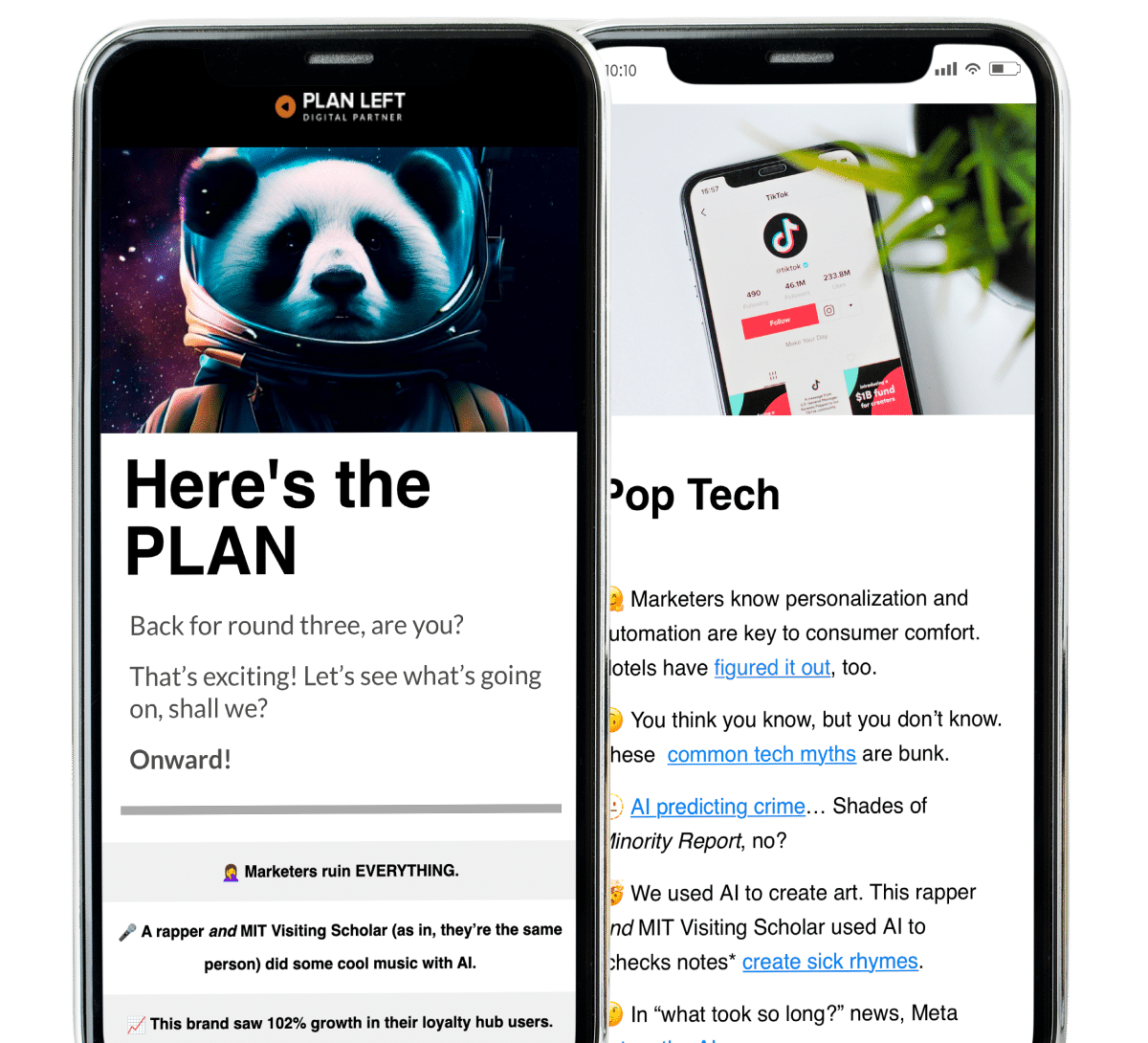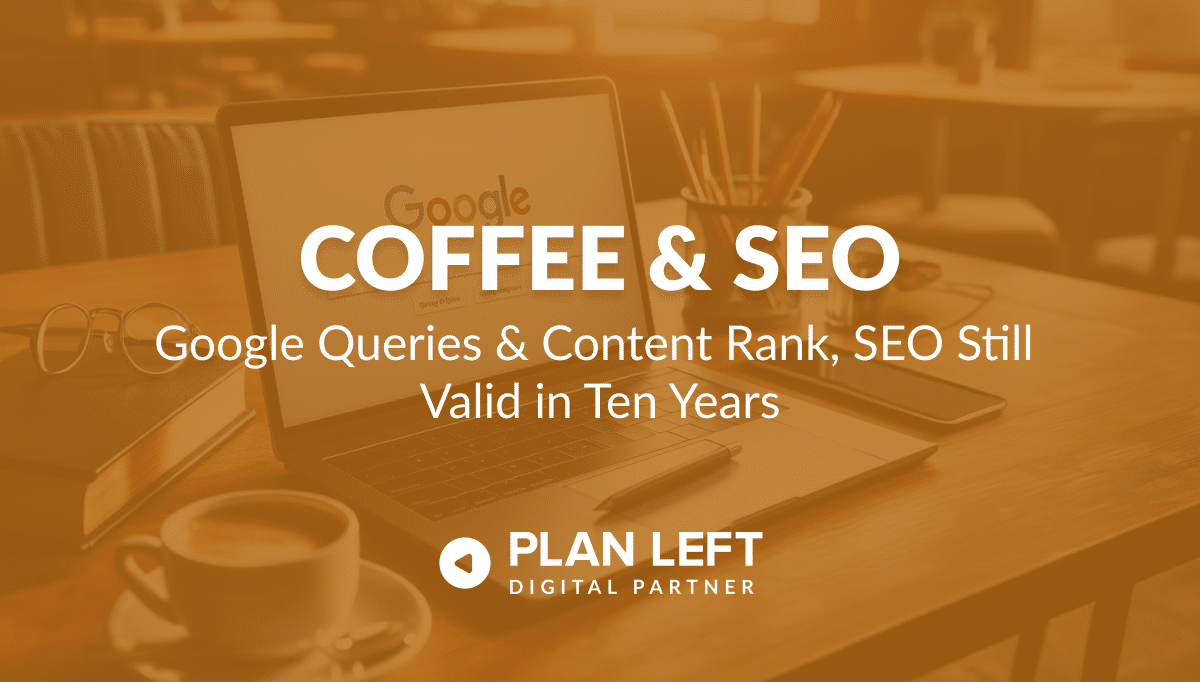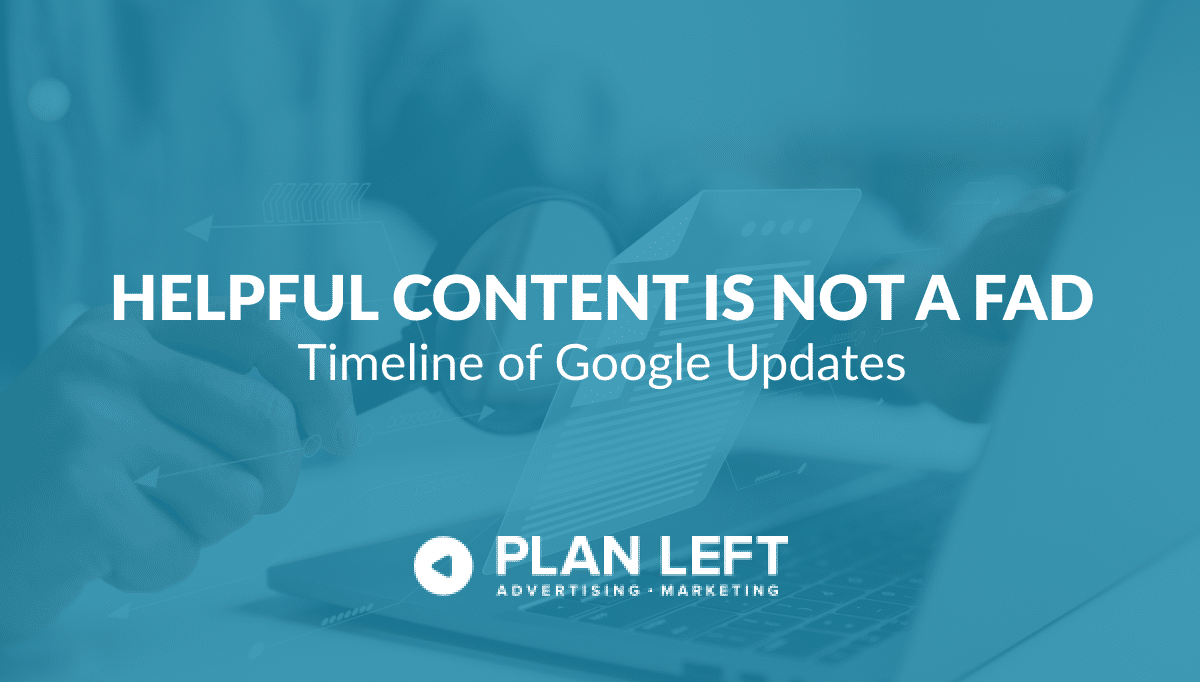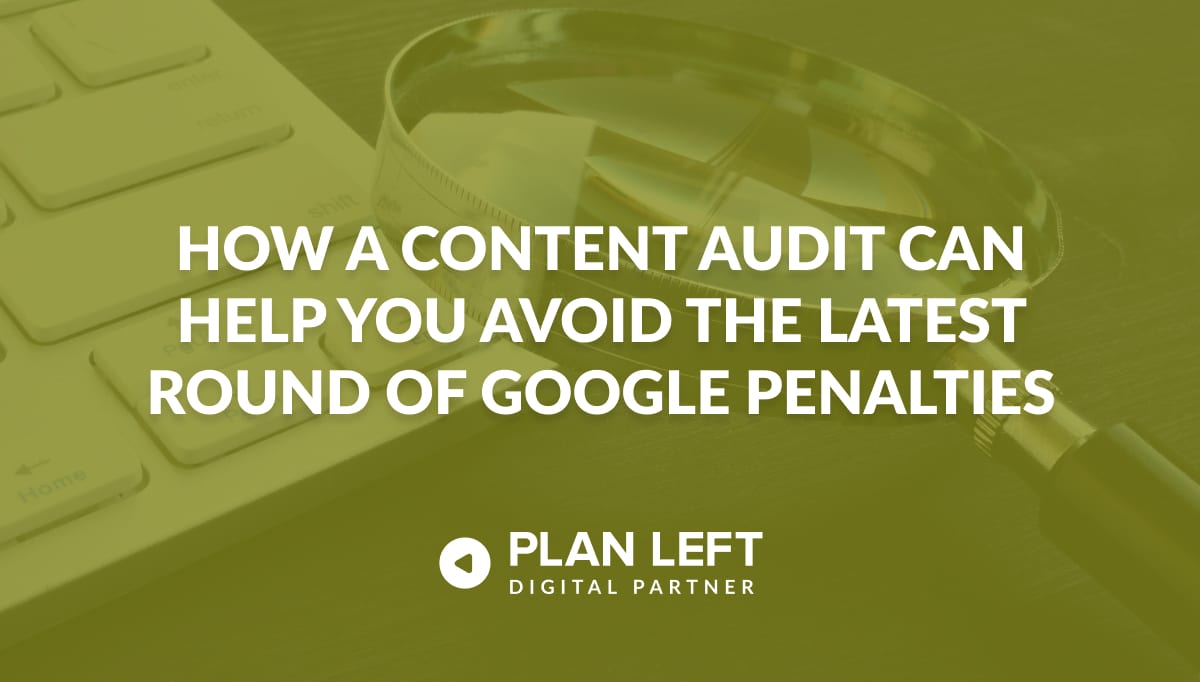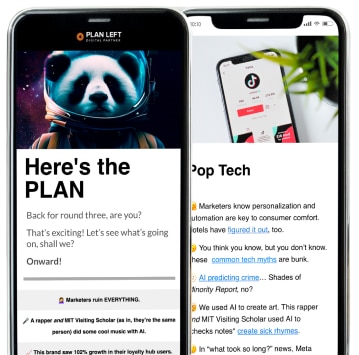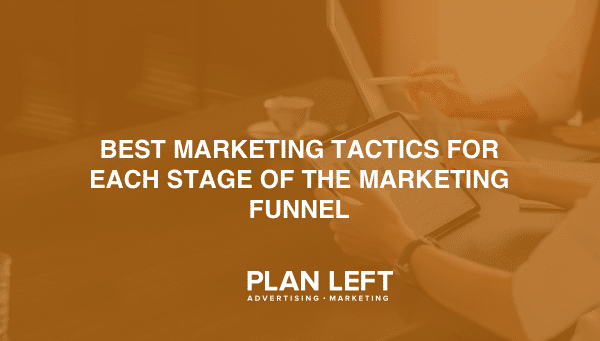
Updated Content on 06/22/2023
The sales cycle and marketing funnel should work together seamlessly to pull potential buyers from the awareness phase to conversion. To do so, you must pay special attention to every part of the marketing funnel and ensure the content you create and provide matches the different phases of the buying cycle.
This may sound difficult, and in truth, it’s not a simple process. You have to fully understand your buyers and the average length of the buying cycle. To make sure we’re all on the same page, let’s take a look first at the simplest steps of the buying cycle and how it fits with the marketing funnel:
- Awareness > Top of the Funnel
- Consideration > Middle of the Funnel
- Conversion & Loyalty > Bottom of the Funnel
You must break down the types of consumers into smaller chunks, or you’ll never know what kind of content to create for them. Let’s look at the various potential buyers that will move through your marketing funnel:
- Visitors
- Engaged
- Prospects
- Leads
- Customers
- Repeats
- Advocates
By now, you’re probably starting to work out the stages of the cycle and the funnel for yourself. To make sure we’re all on the same page, we’ll break down the cycle, funnel, and consumers like this:
- Awareness > Top of the Funnel > Visitors
- Consideration > Middle of the Funnel > Engaged, Prospects
- Conversion > Bottom of the Funnel > Leads, Customers
- Loyalty > Bottom of the Funnel > Repeats, Advocates
Content for Every Part of the Funnel
Top of the Funnel
Marketing is like a relationship. The top of the funnel is your first meeting. You could lock eyes across the room and feel the need to introduce yourselves. Maybe you were set up by some well-meaning friends. Your goal at this point is to sound as interesting as possible without stretching the truth or getting too in-depth. Because lies and oversharing scare people off, right?
Top-of-funnel content can look like a lot of different things. Traditional awareness tactics include television commercials, radio ads, newspaper ads, press releases, magazines, direct mail, billboards, and word of mouth. These tactics have dominated marketing for a long time, driving brand awareness and even consideration.
On the other hand, digital tactics include blogs, SEO, videos, social media, email, display ads, and more. The advent of the internet has introduced a million more ways to put your brand in front of consumers. Most of the tactics aim to lead consumers to your website.
Marketing funnels can start in many different places and follow unique paths down. For example, an email marketing funnel may begin with a consumer Googling “skincare products,” finding your website, putting their email address in, and waiting for you to email them about product benefits or potential discounts. You should design each email you send from then on to guide the consumer through to finally purchasing the product- and beyond.
The top of the funnel is about hooking consumers without overloading them with sales information. If they’re interested, they’ll stick around to learn more. And then you’ll go on your second date.
Middle of the Funnel
The content for the middle of the funnel takes a lot more work to nail down. For that reason, many people either back away at this point or skip this part of the relationship and jump right into commitment. Commitment is great, but without the trust built in the middle of the funnel, consumers aren’t ready to make the jump.
To fill that need and build that trust in the middle of the funnel, you can share blog guides, white papers, case studies, eBooks, webinars, FAQs, live chat, email funnels, and targeted ads. You can also rely on tactics like television ads, social media, display ads, and other awareness tactics to keep reminding consumers of your brand.
This is your chance to impress potential customers and share the numbers and statistics that set you apart. Don’t let them dive into a commitment without really getting to know you because this is the content that will bring them back time and again.
Bottom of the Funnel
The conversion phase is when you’re both ready to commit to each other. Your leads will convert to customers, but you don’t ever want it to end there.
Many marketers forget about loyalty, the stage that keeps customers coming back. Studies show that repeat customers spend an average of 67% more than new customers, and retaining a loyal customer is much cheaper, too. That’s why the bottom of the funnel includes both conversion and loyalty.
Consumers might need a nudge before making the final decision to purchase, so you’ll need some content prepared for the conversion stage, too.
Sometimes, a free trial, a personal demonstration, a discount, or customer testimonials are all you need to get the ball rolling. Blogs and social media posts should remind the buyers what a great choice they’ve made. However, don’t expect all your leads to follow through to conversion. In fact, the average conversion rate for the eCommerce industry is only 1.84%. That’s why awareness is so crucial because you need a considerable number of consumers seeing your brand to get just a few buying.
The final step is to turn those customers into repeat buyers and maybe even advocates. Rewards programs, referral programs, online communities, events, and special bundles will keep consumers happy and coming back for more. If you’re lucky, consumers will recommend you to friends and family and post about you on social media.
Now you’re ready to build great relationships with your potential customers. Don’t neglect the middle of the funnel simply because creating that content is hard. The time you take to build trust and rapport with buyers will result in great rewards later.
Need help figuring out how each of your marketing tactics fits into the marketing funnel? Give us a call if you want to learn how to guide potential consumers through the funnel and into the coveted loyalty stage.
Explore Latest Posts
Google says the quality of your webpage is a ranking factor, but what is ‘quality’ according to Google? That would ... read more
April 19, 2024
In 2011, Google first changed how content was written with the Panda Update by changing how keywords could be used ... read more
April 17, 2024
The latest Google algorithm changes have shaken the search marketing world. While the Google Spam update has finished, the Google ... read more
April 16, 2024
MARKETING insights
Join the Thousands Who Receive Our Twice-Monthly Newsletter.
It's hard to keep up. Our newsletter is packed with buyer behavior insights, the latest marketing and technology updates, work/life balance tips, and—because we ❤️ our support staff—adorable pets looking for forever homes. Only twice per month. No clogged inboxes. You can't say no.
